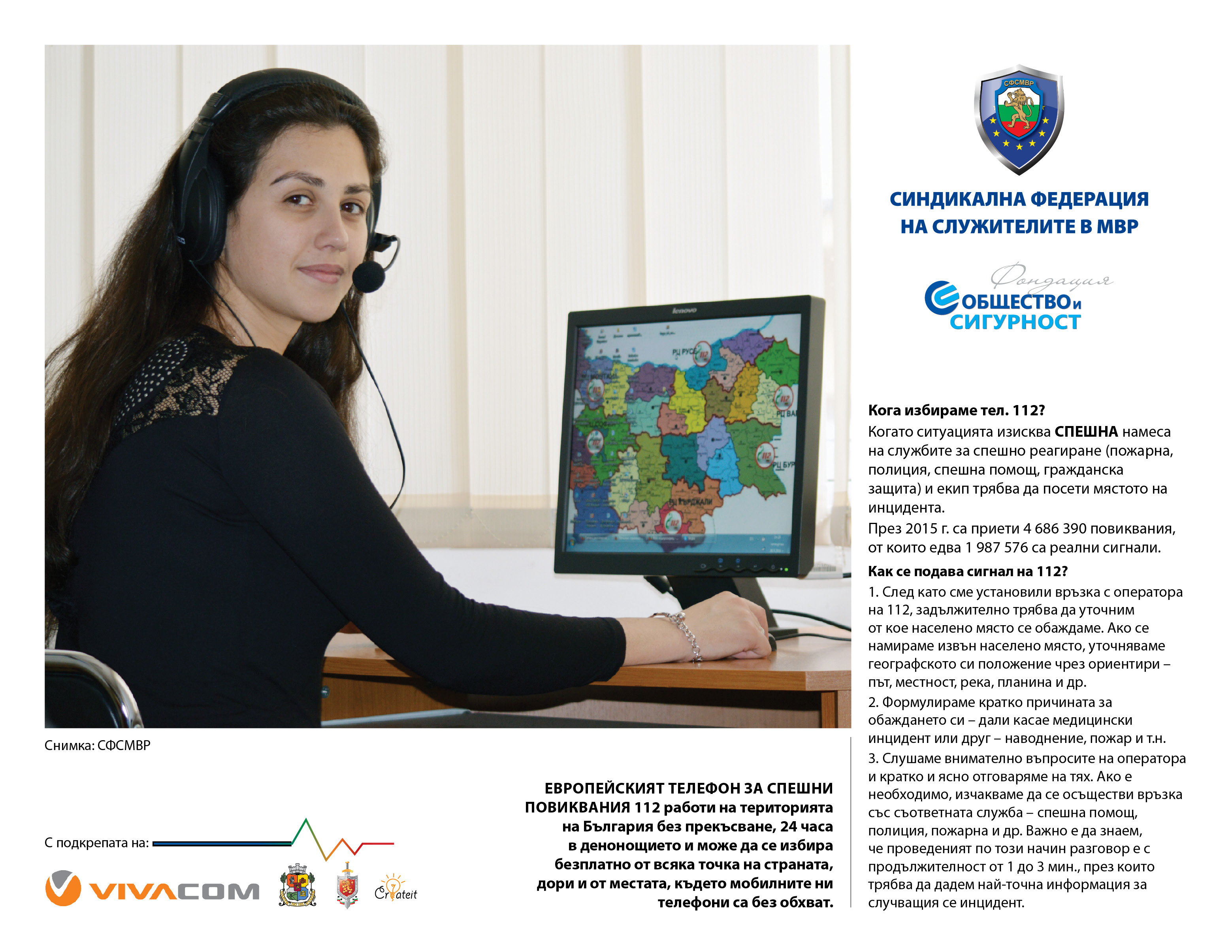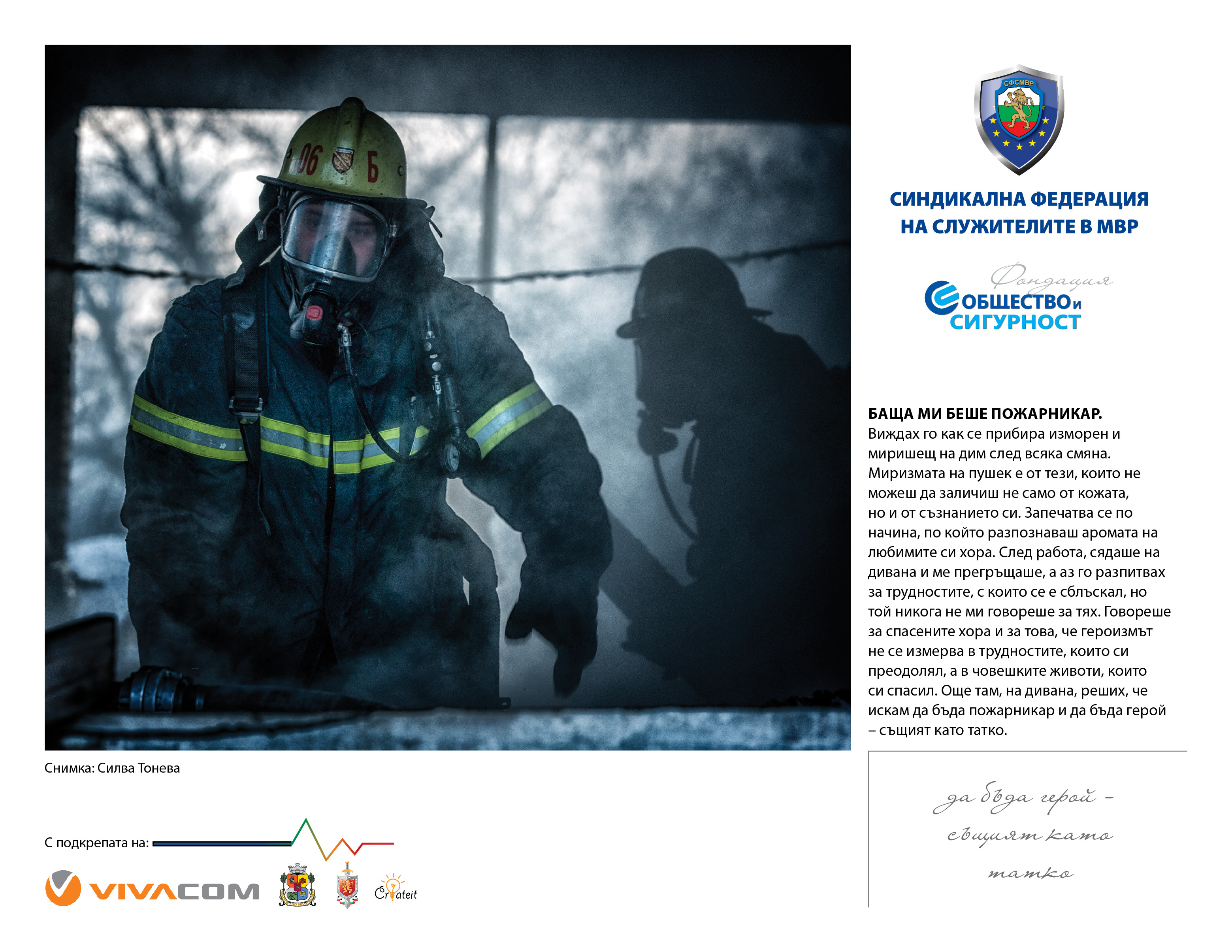- 01.09.2016
When we have to call on 112?
When we are calling on 112? When the situation requires URGENT intervention of the emergency services (fire brigade, police, emergency, civil protection) and a team have to be sent at the accident. How to report a sygnal on phone 112? 1. As soon as you have contact with the operator…
- 19.07.2016
My father was a firefighter!
My father was a firefighter. I was seeing him at home tired and smelled of smoke after each shift. The smell of smoke is one of those you can not erase not only from yout skin, but mind. It is sealed in your mind on the same way how you can…
- 19.07.2016
The lonely firefighters
Quite offten we can see firefighters who are fighting the firestorm and stand against it alone, but surounded by at least two or three fire trucks. Have you ever wondered what is due to the fact that the number of firefighters is equal to the number of firefighting vehicles? The…
- 18.05.2016
The duty, which…
His name is Stoyan and he lives in Konstantinovo. The flood on 16 May 2016 found him with a shopping bag and on the way back home. He saw that it’s raining, but has not suspected that water can flood the village, and he had never heard anything about flooding. He understood…
- 15.01.2016
Official position of the Society and Safety Foundation about the Minister of Interior’s statement
Society and Safety Foundation is one of the few civil organizations in Bulgaria which puts as a priority on its activities the improvement of the “civil security” service provided by the Ministry of Interior, which is directly linked with the improvement of the quality of work and working conditions in the MoI’s system. Regarding…
- 25.12.2015
The person behind the uniform: Ivo
In the first part of the series “The person behind the uniform” we are introducing you Ivo – a firefighter in Varna, beloved husband and father. The series will meet you with law enforcement officers across the country. #reform #togetherwecan
- 03.02.2015
The failed reform!
Ministry of Interior is the only unreformed Ministry in Bulgaria, but also one of the ministries in which structural changes are the most numerous. One of the major structural changes that contribute the MoI to become a mega-ministry is the closure of Ministry of Emergency Situations and merger it with…


